Introduction
Smart dust, a concept once thought to be a part of science fiction, is rapidly becoming a reality with potential applications across a wide range of industries. This groundbreaking technology, consisting of tiny microelectromechanical systems (MEMS), combines sensors, computing, wireless communication capabilities, and autonomous power supply, all within a dust-sized particle. As smart dust technology evolves, it promises to revolutionize sectors such as healthcare, manufacturing, environmental monitoring, and even consumer electronics. Discover smart dust technology’s impact on humans and explore how it works in shaping our future.

What is Smart Dust Technology?
Smart dust technology is an advanced concept involving networks of tiny, wireless sensors, known as MEMS (Micro-Electro-Mechanical Systems) devices. These sensors are so small that they can be as tiny as a grain of sand or even a speck of dust. The primary function of smart dust is to collect and transmit real-time data about various environmental factors such as light, temperature, chemicals, vibrations, and more. The unique ability of these devices to operate autonomously and communicate with each other and a central system allows for the creation of expansive sensor networks, which can be used in a variety of applications ranging from environmental monitoring to health diagnostics.
Smart Dust Technology Explained
At its core, smart dust technology represents the integration of advanced sensing, computing, and wireless communication capabilities into minuscule, power-efficient devices. These devices are often referred to as “motes.” A typical smart dust mote comprises several key components:
- Power Source: This can be a micro-battery, energy-harvesting device, or tiny solar cell.
- Sensing Unit: Contains various sensors to detect environmental conditions (e.g., temperature, humidity, light, chemicals, and vibrations).
- Processing Unit: A microprocessor or microcontroller that processes the sensor data.
- Communication Module: A radio frequency (RF) or infrared communication unit that transmits data to other motes or a central hub.
These motes are designed to function collectively as a vast, decentralized network. When deployed in large quantities, they create a pervasive “dust cloud” of sensors capable of providing detailed, real-time data over large areas. This makes smart dust a powerful tool for applications like environmental monitoring, disaster management, agricultural optimization, and military surveillance.
What is Smart Dust?
Smart dust is essentially a swarm of motes, each of which is a self-contained, low-power device capable of sensing, computing, and wireless communication. Each mote within a smart dust network works independently to perform specific tasks, such as:
- Environmental Monitoring: Detecting and monitoring changes in temperature, humidity, air quality, and chemical compositions in the air.
- Data Collection and Transmission: Gathering data from their surroundings and transmitting it to a central hub for analysis.
- Energy Efficiency: Operating with minimal power requirements, often using energy-harvesting technologies to sustain their operations.
The technology was first conceptualized in the 1990s by Dr. Kris Pister, a professor at the University of California, Berkeley, with the vision of creating ubiquitous, low-power, wireless sensor networks capable of transforming our understanding and interaction with the physical world.
Explore more- What is Smart Dust?
Smart Dust in Humans Body
Smart dust technology is also being explored for revolutionary applications within the human body, especially in the fields of medicine and biotechnology. The potential applications include:
- Health Monitoring: Implantable smart dust motes could monitor various physiological parameters, such as glucose levels, heart rate, and blood pressure, providing continuous health monitoring without the need for invasive procedures.
- Targeted Drug Delivery: Smart dust particles could be designed to deliver medications directly to specific tissues or cells. For instance, a smart dust network could be programmed to release chemotherapy drugs only when cancer cells are detected, minimizing damage to healthy cells.
- Early Disease Detection: By embedding smart dust within the body, it could continuously monitor for biomarkers associated with certain diseases, allowing for early detection and timely intervention.
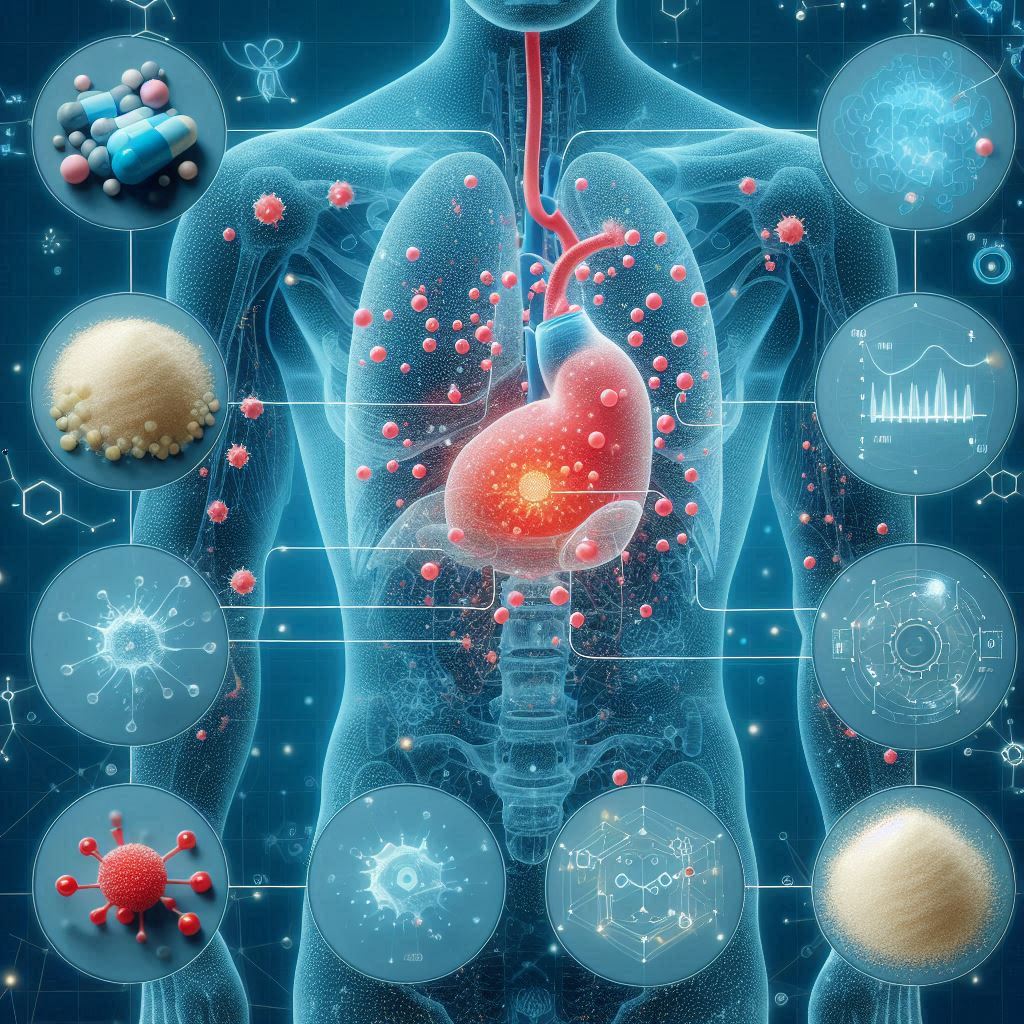
While the idea of embedding smart dust in the human body holds immense promise, it also presents significant challenges. There are ethical concerns regarding privacy and the potential misuse of the technology, as well as technical hurdles related to biocompatibility, power supply, and long-term functionality.
How Does Smart Dust Work?
The working principle of smart dust involves deploying numerous motes into a specific environment where they can perform continuous monitoring. Here is a step-by-step explanation of how smart dust works:
- Deployment: Thousands to millions of smart dust motes are distributed over a target area. This could be an industrial plant, a forest, an urban environment, or even inside the human body.
- Sensing and Data Collection: Each mote is equipped with sensors that detect changes in environmental conditions. For example, they can monitor temperature, humidity, or the presence of hazardous chemicals. These sensors convert physical stimuli into electrical signals.
- Data Processing: The mote’s microprocessor processes the sensor data, identifying patterns or changes in the environment that are significant.
- Wireless Communication: The processed data is then transmitted via radio frequencies to other motes or directly to a central receiver. The motes use a mesh network to relay information, allowing data to hop from one mote to another until it reaches the central hub.
- Analysis and Action: At the central hub, the data is aggregated and analyzed to provide insights or trigger specific actions. For instance, in a smart city, smart dust can detect air quality changes and automatically adjust traffic signals to reduce pollution exposure in certain areas.
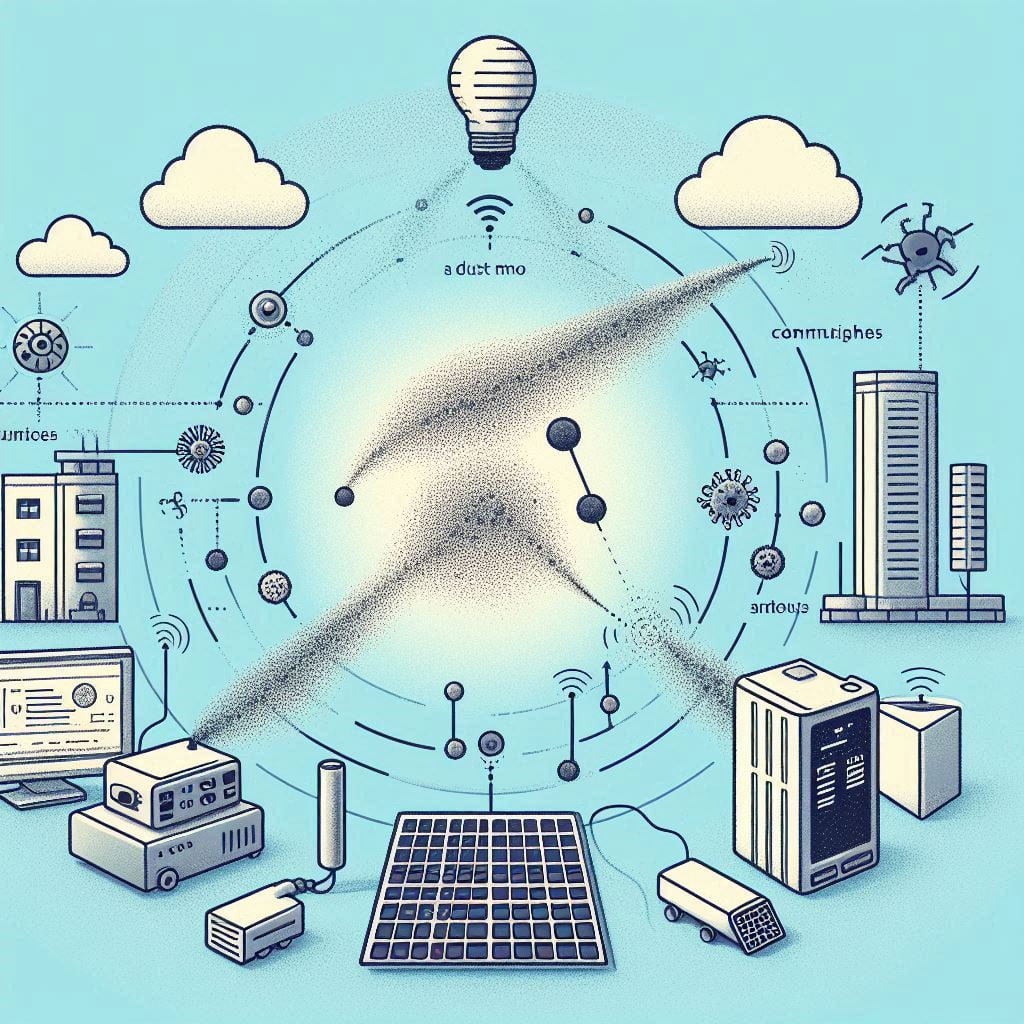
Wireless Communication and Data Transmission
One of the most remarkable features of smart dust is its ability to communicate wirelessly over long distances despite its small size. The communication process in smart dust technology involves:
- Radio Frequency (RF) Transmission: Most smart dust motes use RF communication for data transmission. However, the range and frequency of communication are carefully chosen to balance power consumption and data throughput.
- Infrared Communication: Some smart dust devices use infrared light for short-range communication, especially in environments where RF communication might be obstructed or disrupted.
- Mesh Networking: Motes are often designed to form a mesh network, where each mote not only transmits its data but also relays data from other motes. This network structure increases the reliability and range of the communication system.
Powering Smart Dust
Power supply is one of the most critical challenges in smart dust technology. Given the microscopic size of motes, traditional batteries are impractical. Researchers are exploring alternative power sources, such as:
- Energy Harvesting: This technique involves capturing and storing energy from ambient sources such as solar radiation, vibrations, or thermal gradients. For example, a mote might use tiny solar cells to capture sunlight or piezoelectric materials to convert vibrations into electrical energy.
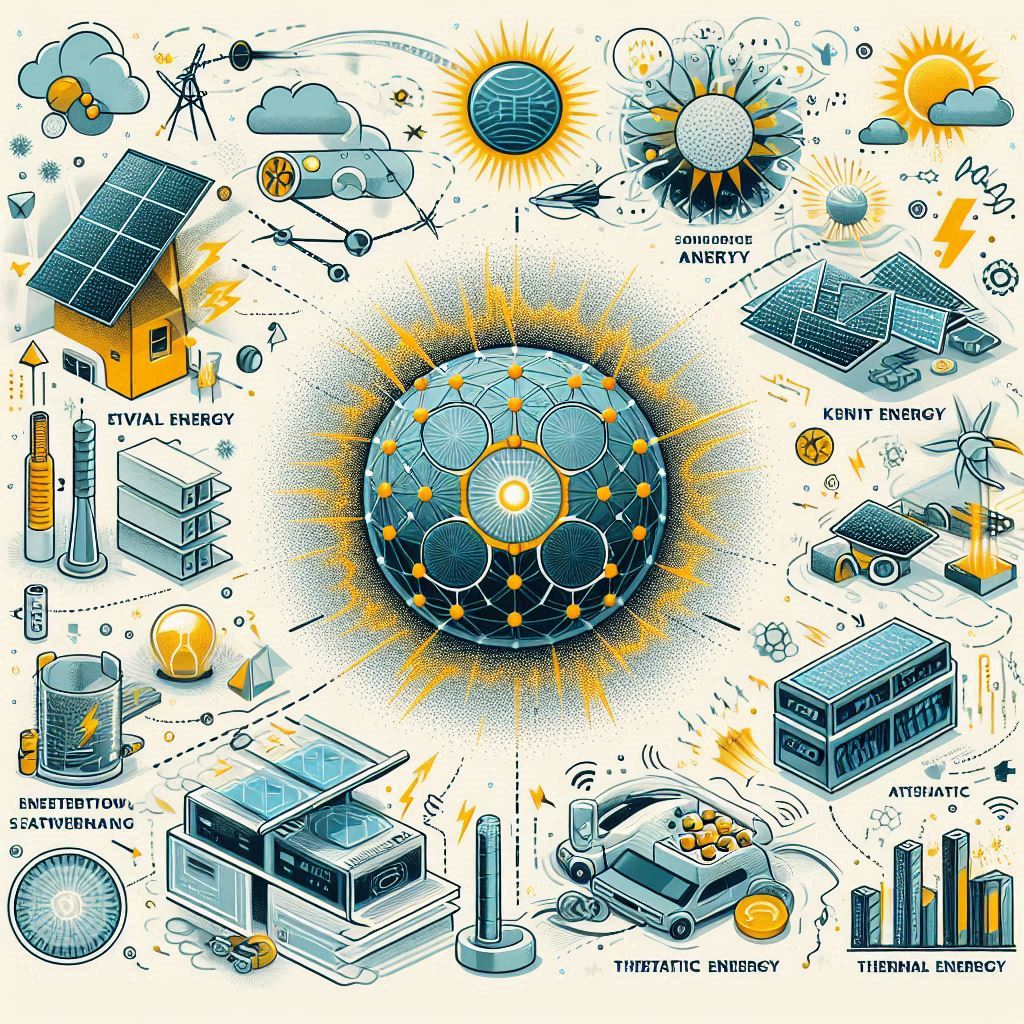
- Micro-Batteries: Advances in battery technology are leading to the development of ultra-small, high-density batteries that can provide power to motes for extended periods.
- Inductive Power Transfer: Similar to how wireless charging works for smartphones, inductive power transfer can provide power to smart dust motes over short distances without physical connections.
The goal is to create motes that are self-sustaining, with an operational life spanning years, or even decades, without requiring maintenance or replacement.
Real-World Applications of Smart Dust
Smart dust technology is versatile and can be applied across multiple sectors, including healthcare, environmental monitoring, industrial operations, consumer electronics, and more. This section explores the key applications of smart dust and how it is transforming various industries.
Healthcare and Biomedical Applications
In the healthcare sector, smart dust has the potential to revolutionize patient monitoring and treatment by providing real-time health data directly from within the human body. Here’s how it works:
- Implantable Health Monitors: Smart dust motes can be implanted within the human body to continuously monitor vital signs such as heart rate, blood pressure, and glucose levels. This real-time data can be transmitted wirelessly to healthcare providers, enabling more accurate diagnoses and personalized treatment plans. For instance, researchers are developing motes that can monitor heart rhythms or detect abnormalities in real time, allowing for immediate medical intervention.
- Disease Detection and Monitoring: Beyond basic vital signs, smart dust technology can be used for more complex applications like detecting biomarkers associated with certain diseases. For example, motes could be designed to detect specific proteins or cells that indicate the presence of cancer or infections. This early detection capability can significantly improve treatment outcomes.
- Targeted Drug Delivery: Another innovative application is using smart dust for targeted drug delivery. Motes could be programmed to release medication directly at the site of infection or tumor, minimizing the side effects of systemic drug distribution. For example, smart dust could be used to deliver chemotherapy directly to cancerous cells, thereby reducing the damage to healthy cells and improving the efficacy of the treatment.
- Hitachi’s Innovations: Hitachi is at the forefront of developing smart dust for healthcare. Their motes are designed to be extremely small, efficient, and capable of long-term deployment within the human body. These devices can monitor health conditions, such as heart rate and blood glucose levels, providing doctors with valuable data for developing personalized treatment plans.
Environmental Monitoring
Smart dust technology is particularly advantageous for environmental monitoring due to its ability to provide real-time data across large geographical areas. Key applications include:
- Air Quality and Pollution Monitoring: By deploying a network of smart dust motes, environmental agencies can continuously monitor air quality, detecting pollutants such as carbon monoxide, sulfur dioxide, and particulate matter. This data can help authorities take immediate action to reduce pollution levels and protect public health.
- Soil and Water Quality Monitoring: In agriculture, smart dust can monitor soil moisture levels, pH, and nutrient content, providing farmers with precise data to optimize irrigation and fertilization practices. Similarly, smart dust motes can be used to monitor water quality in rivers, lakes, and oceans, detecting pollutants and helping prevent environmental disasters.

- Disaster Management: Smart dust networks can be deployed in areas prone to natural disasters, such as wildfires, earthquakes, or floods, to provide early warning and real-time data to emergency responders. For example, motes equipped with temperature and smoke sensors could help detect wildfires in their early stages, allowing for a quicker response and minimizing damage.
- Climate Change Research: Smart dust technology can also play a critical role in understanding climate change by providing detailed, real-time data on various environmental parameters, such as temperature changes, humidity, and atmospheric pressure. This data is invaluable for researchers studying the impact of climate change and developing strategies to mitigate its effects.
Industrial and Manufacturing Applications
In the industrial sector, smart dust offers significant benefits for enhancing operational efficiency and safety:
- Predictive Maintenance: Smart dust motes can be embedded in machinery and equipment to monitor their health and performance continuously. By detecting early signs of wear and tear, overheating, or structural weaknesses, smart dust can help prevent equipment failures and reduce downtime through predictive maintenance.
- Operational Optimization: In manufacturing plants, smart dust networks can optimize supply chain operations by providing real-time tracking of inventory and assets. For example, motes could be used to track the movement of raw materials and finished products throughout the supply chain, ensuring timely deliveries and reducing waste.
- Safety and Compliance Monitoring: Smart dust can also enhance workplace safety by monitoring environmental conditions, such as gas leaks, temperature fluctuations, or hazardous material spills, and alerting workers to potential dangers.
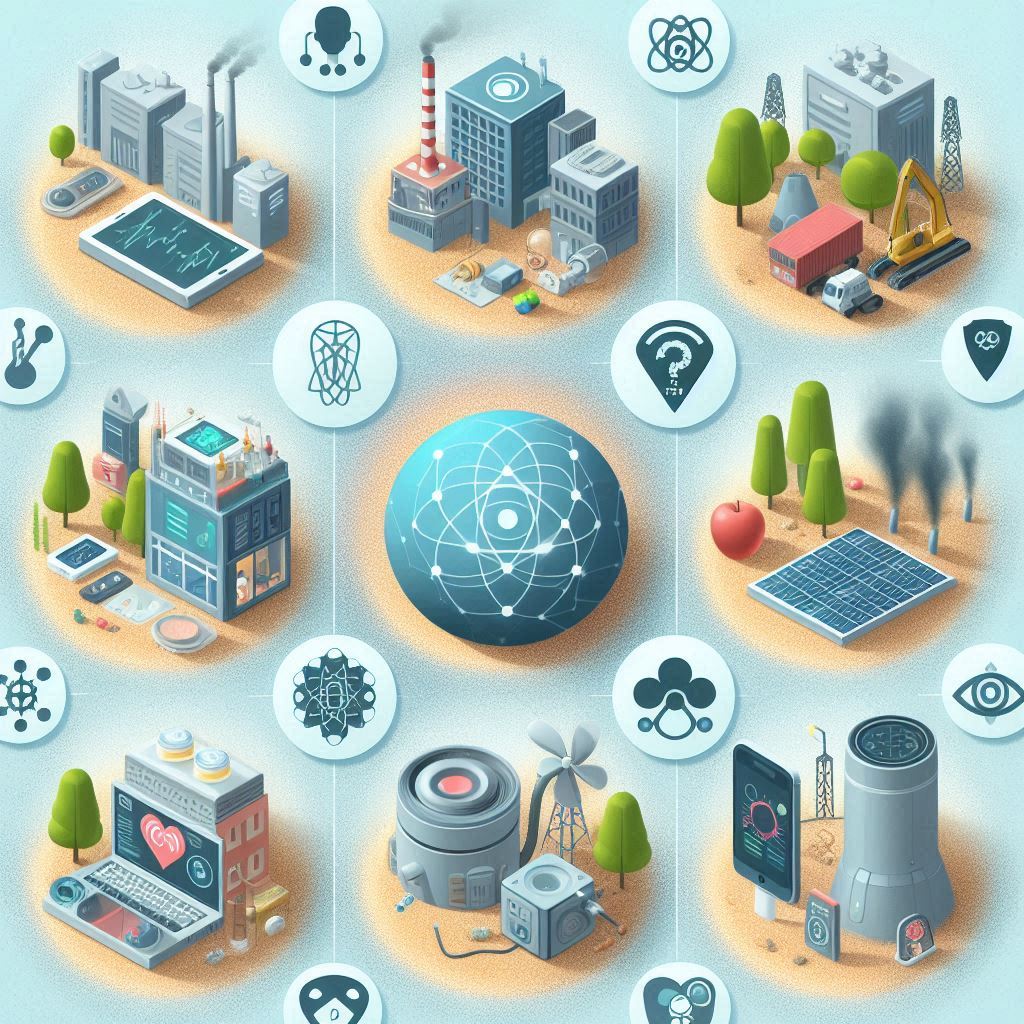
Consumer Electronics and IoT
Smart dust technology is increasingly being integrated into consumer electronics and IoT devices, enhancing functionality and user experience:
- Wearable Devices and Smart Clothing: Smart dust motes can be embedded in wearable devices, such as smartwatches or fitness trackers, to provide continuous monitoring of environmental conditions, such as air quality and UV exposure. This data can be used to provide personalized recommendations for health and wellness.
- Smart Homes and Appliances: In smart homes, smart dust sensors can be integrated into various household appliances to improve their efficiency and functionality. For example, a smart thermostat equipped with smart dust motes could continuously monitor indoor air quality and automatically adjust the ventilation system to maintain a healthy environment.
- Enhanced User Interactions: By integrating smart dust into consumer devices, manufacturers can provide more interactive and responsive products. For instance, a smart speaker with smart dust sensors could detect the presence of individuals in a room and adjust its volume or provide tailored responses based on user preferences.
Challenges and Ethical Considerations
While smart dust technology holds immense potential, there are several challenges and ethical considerations that must be addressed for its widespread adoption.
Technical Challenges
- Power Supply: The most significant challenge for smart dust technology is finding a reliable, long-lasting energy source that can sustain the motes for extended periods. Researchers are exploring various energy-harvesting mechanisms, such as converting solar energy, vibrations, or thermal gradients into electrical energy, to power the motes.
- Data Security: As smart dust motes rely on wireless communication to transmit data, they are vulnerable to hacking and interference. Ensuring robust data security is crucial to prevent unauthorized access and protect sensitive information.
- Scalability: Deploying millions of motes across large areas presents challenges related to network management and data processing. Efficient algorithms and communication protocols must be developed to manage the vast amounts of data generated by smart dust networks.
Environmental Impact
- Material Composition: Smart dust motes, although tiny, are made of materials that could be harmful to the environment if not properly managed. Researchers must develop eco-friendly materials and ensure proper disposal methods to minimize environmental impact.
- Deactivation and Retrieval: There is also the issue of retrieving or deactivating motes after their operational life to prevent environmental pollution and degradation. Developing methods for safely decommissioning smart dust networks is essential for sustainable deployment.
Privacy and Ethical Concerns
- Surveillance and Privacy: The ability to deploy vast networks of sensors that can monitor activities and gather data in real time raises concerns about privacy and surveillance. There is a risk of smart dust technology being misused for invasive surveillance, infringing on personal privacy and civil liberties.
- Regulatory Frameworks: To ensure the responsible use of smart dust technology, regulatory frameworks and ethical guidelines must be developed. These frameworks should address issues related to data privacy, consent, and transparency, ensuring that smart dust is used for beneficial purposes and not for unethical surveillance or control.
Hitachi Smart Dust and Industry Leaders
Hitachi Smart Dust
Hitachi is one of the leading companies exploring the potential of smart dust technology, focusing on developing motes for industrial monitoring and healthcare applications. Hitachi’s smart dust motes are designed to be extremely small, energy-efficient, and capable of performing continuous monitoring and data transmission without requiring frequent maintenance or replacement.
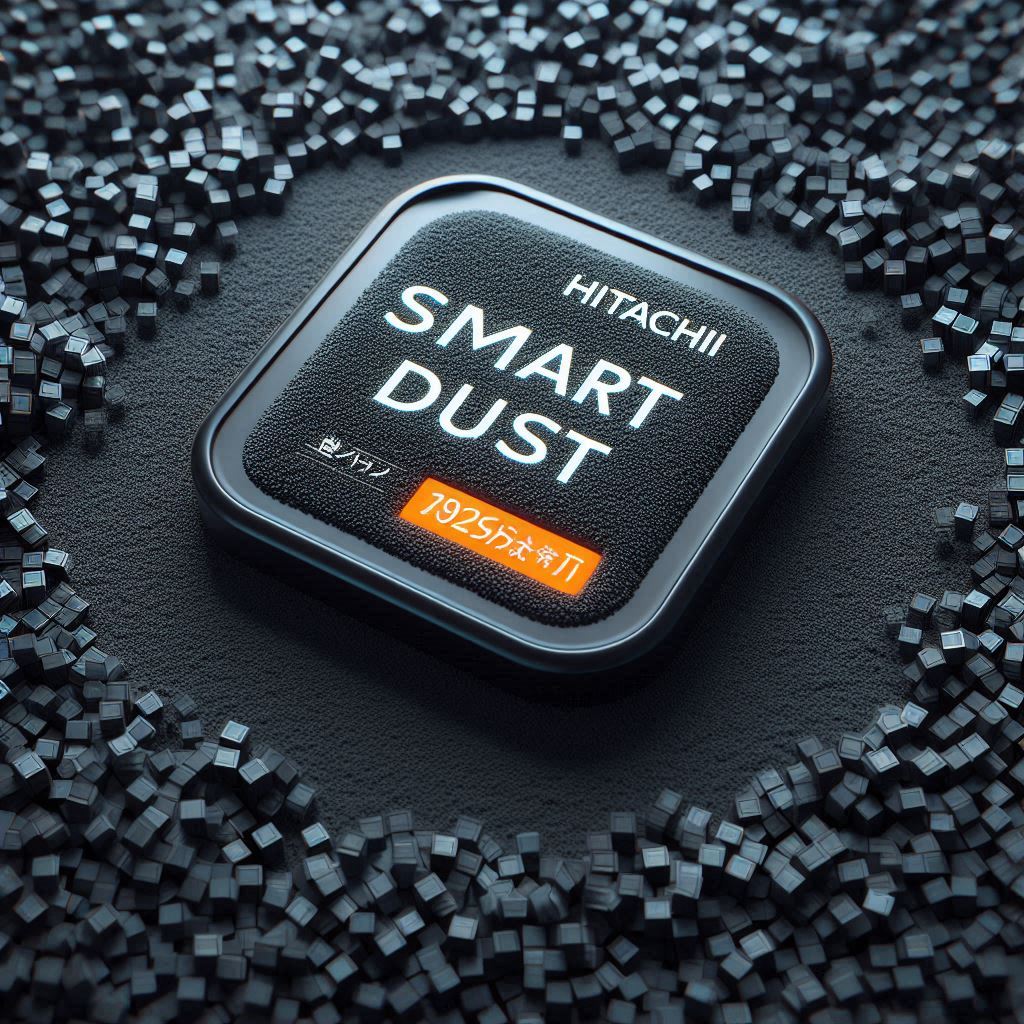
Comparative Analysis of Industry Leaders
Apart from Hitachi, several other major players are advancing smart dust technology, including IBM and Smartdust Solutions Ltd. Each company has a unique approach to developing and deploying smart dust:
- IBM: IBM is leveraging artificial intelligence (AI) and machine learning algorithms to enhance the data processing capabilities of smart dust networks. This approach allows for more sophisticated analysis and decision-making processes, making smart dust networks more efficient and effective.
- Smartdust Solutions Ltd.: This startup focuses on specific applications such as agricultural monitoring and smart cities. They are developing specialized motes for detecting soil moisture, crop health, and other agricultural parameters, helping farmers optimize their practices and increase yields.
Future Trends and Innovations in Smart Dust Technology
Advancements in Power Supply and Communication
Future advancements in smart dust technology are likely to focus on overcoming current limitations related to power supply and communication. Researchers are exploring new materials and designs to create more efficient energy-harvesting mechanisms, such as triboelectric nanogenerators that convert mechanical energy into electrical energy. Additionally, advancements in communication technologies, such as low-power wide-area networks (LPWAN) and 5G, could enhance the range and reliability of smart dust networks.
Integration with Emerging Technologies
The integration of smart dust with emerging technologies, such as artificial intelligence (AI), machine learning, and blockchain, presents exciting opportunities:
- AI and Machine Learning: By combining smart dust with AI and machine learning algorithms, companies can develop more intelligent and autonomous systems that can analyze data in real time and make decisions without human intervention.
- Blockchain: Blockchain technology could provide a secure framework for managing and sharing data collected by smart dust networks, enhancing data security and privacy.
Potential for Regenerative Medicine and Biotechnology
In regenerative medicine and biotechnology, smart dust could play a pivotal role. Researchers are exploring the potential for using smart dust to deliver regenerative therapies directly to damaged tissues or organs. This could revolutionize the treatment of chronic diseases and injuries by providing targeted, controlled, and minimally invasive therapy options.
Conclusion
Smart dust technology is on the cusp of revolutionizing multiple industries with its potential to provide unprecedented levels of monitoring, data collection, and automation. While there are significant technical challenges and ethical concerns to address, the future of smart dust looks promising, with advancements in power supply, communication, and integration with emerging technologies. As smart dust technology continues to evolve, it will open up new possibilities for innovation, efficiency, and sustainability across various applications. The key to unlocking the full potential of smart dust lies in continued research, responsible deployment, and a commitment to addressing this groundbreaking technology’s ethical and environmental implications.
By focusing on these content gaps, this blog post offers a comprehensive overview of smart dust technology, covering its working principles, applications, challenges, and future trends. This content will not only attract readers interested in cutting-edge technologies but also provide valuable insights for industry professionals looking to understand the potential of smart dust in their respective fields.
Explore our other interesting topics on technology:






